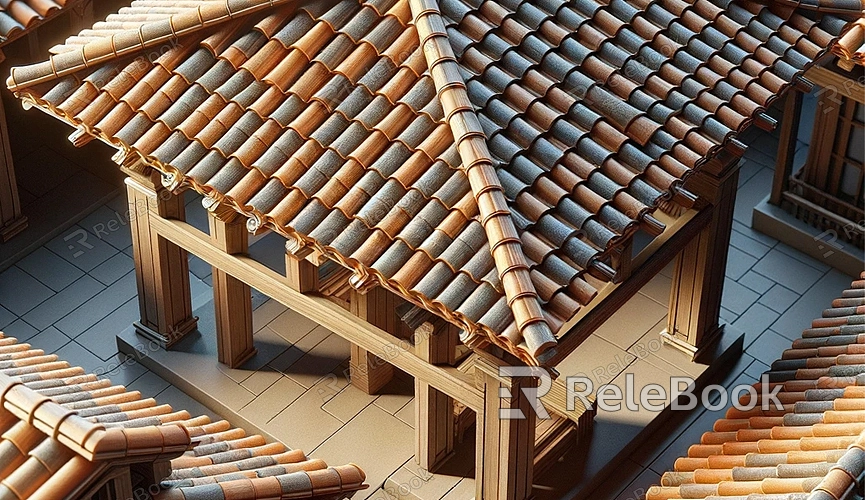How to Design 3D Print Models
Designing 3D print models using 3D modeling software is crucial for achieving high-quality prints, especially with the continuous development of 3D printing technology being widely applied across various fields. In this article, we will explore how to design excellent 3D print models and share some design tips and considerations. You can download some commonly used 3D models and textures from Relebook.
1. Choose the Right Modeling Software
Selecting the appropriate modeling software is paramount. There are many professional 3D modeling software options available, such as Blender, Fusion 360, SolidWorks, and more. For beginners, opting for software that is user-friendly yet powerful is key.

2. Determine Model Size and Scale
Before designing the model, determining its size and scale is crucial. Consider the maximum print size of the printing device and ensure your model fits within this range. Additionally, consider the proportions and scale of the model to ensure the final print has appropriate proportions and scale.
3. Design Clean and Distinctive Models
Designing a clean and distinctive model is essential to attract attention. Avoid overly complex or overly detailed designs, striving to maintain simplicity and clarity. During the design process, consider the functionality and practicality of the model, minimizing unnecessary parts to improve the success rate of printing.
4. Consider Printing Orientation and Support Structures
When designing the model, consider the printing orientation and support structures. Choosing the printing orientation wisely can minimize supports and infill during printing, thereby enhancing printing efficiency and quality. Additionally, consider adding suitable support structures to ensure the model remains stable and intact during printing.
5. Use Appropriate File Formats
Selecting the right file format before exporting the model is crucial. Common 3D printing file formats include STL, OBJ, AMF, and more. When choosing a file format, ensure compatibility with your printing device and adjust the model's size and scale as needed.
6. Perform Model Testing and Adjustments
After designing, performing model testing and adjustments is indispensable. Print a small sample or use virtual printing software for simulated printing to check the model's details and structure, identifying and addressing potential issues. This helps you discover and resolve issues before actual printing, improving the success rate of printing.
7. Seek Feedback and Optimization
Finally, seeking feedback from others and optimizing the design is a crucial part of the design process. Share your design with others and accept their opinions and suggestions. Through continuous optimization and improvement, refine your design to make it more complete and excellent.
By following the above steps and tips, you should now understand how to design excellent 3D print models. Designing a successful 3D print model involves considering multiple aspects, including the choice of modeling software, determining model size and scale, maintaining model cleanliness and distinctiveness, considering printing orientation and support structures, selecting appropriate file formats, performing model testing and adjustments, and seeking feedback and optimization. If you need many high-quality 3D textures and HDRI or want to download 3D models for creating models and virtual scenes, you can download them from Relebook and import textures and 3D models directly into your projects.

